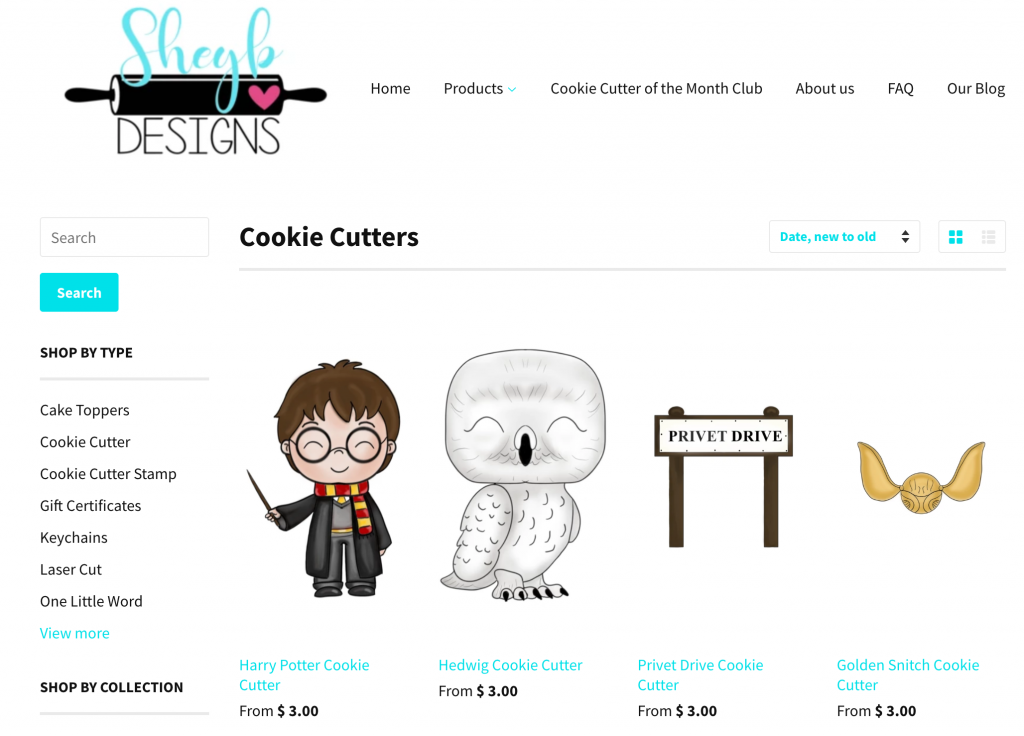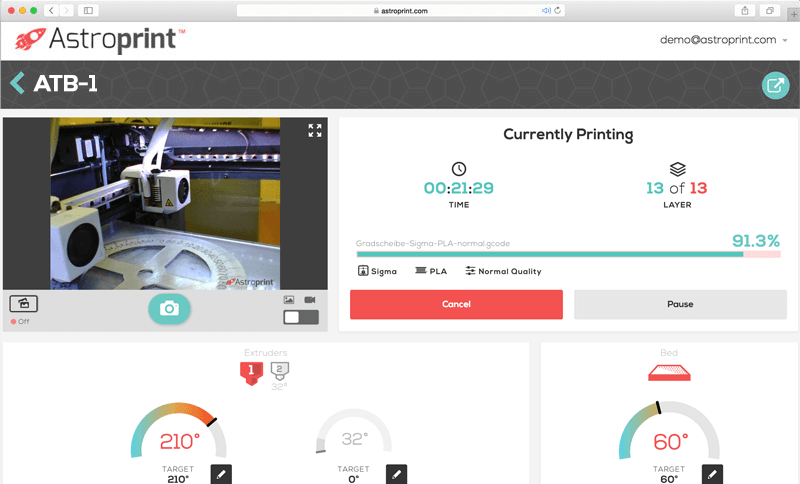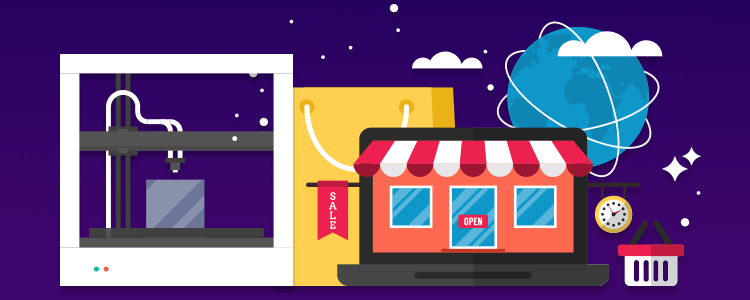During the COVID crisis, many people put their 3D printers to work to print personal protective equipment for the healthcare personnel, proving the ability to quickly create a new design and bring a product to market.
As traditional manufacturing is now taking over to full-fill those needs, many people that volunteered to print PPEs are now wondering what other things they could do with their 3D printers. The good news, is that there are lots of business opportunities.
How to make money with 3D Printers
We were sold on the hype that 3D printers would be in everyone’s home. The reality is that for the average householder, it’s still way too hard to print stuff, let alone useful items. The technology, the materials, the ease-of-use and the content infrastructure around these machines are not there yet.
Desktop 3D printers came down in price dramatically and China flooded the market with cheap 3D printers, allowing almost everyone to gain access to this technology. Meanwhile, the media has turned its attention to industrial technologies after seeing that the people buying low-cost 3D printers are hobbyists that use these machines to make gadgets and figurines that mostly end up in their home shelves if not in the trash.
But the media is overlooking one thing. Many of these hobbyists that have been experimenting with 3D printing technology are also entrepreneurs. Many of them are turning their hobbies into businesses.
Thanks to having over 100.000 3D printer owners in the AstroPrint platform, we are witnessing this emerging trend from a privileged position. We’ve seen how some AstroPrint users went from tinkering with one printer to now run a business with a farm of 30+ printers.
Low-cost 3D printers are allowing people to start their own manufacturing business from home and the digital infrastructure is there for them to find customers. In this post, we’ll give some examples of people that grew into a 3D printing business and the key practices that made them successful.
Ready start your own home-built manufacturing facility with a bunch of low-cost 3D printers?
1. Choose your niche market
If you have played around with 3D printers you probably know that these amazing tools still have many limitations. For that reason, it’s important to pick a niche where 3D printing makes sense and can add value. As in 2019, these are the two markets where entrepreneurs are having more success in finding market opportunities with desktop 3D printers:
Toys/Games:

Most mass-produced playthings are already made of plastic so there are massive opportunities here.
House decoration:
Wall decoration, vases, planters… It’s not cool to have the same house decoration as your neighbor. People like unique items for their houses and 3D printing allows you to sell them just that.

Today there are many types of materials available to achieve different finishes and textures for decorative objects. Some small businesses don’t use 3D printers to make the final product but to make the molds that will shape their geometry, like our friends at Cadasoapery, who 3D print their soap molds. Other startups combine 3D printing with electronics to sell functional objects like the cool lamps from this 3D printing start-up.
2. Make your first Minimum Value Product (MVP)
Your MVP is the first product that will allow you to collect the maximum amount of validated learning about customers with the least effort.
Don’t worry about having the perfect product before you go to market. Unlike traditional manufacturing where you would invest a ton of resources in research and tooling before you can sell your first unit, 3D printing allows for quick iteration. The lean startup method (highly recommended book), is the perfect approach for your 3D printing business. Launch your MVP, get market feedback and continue to develop your product until you find your product/market fit.
Once you have a product idea (that solves a need in your niche market), you need a 3D model to make your MVP. There are many free CAD tools to get yourself started but if you are not the most creative person, don’t worry. We are not all meant to be designers. Websites like freelancer, upwork, peopleperhour or airtasker will help you find someone that turns your idea into a 3D model.

Now you need a 3D printer. Today, you can get a pretty good printer for as low as $300. Keep in mind that printing something with a good finish can be a pain at the beginning and unless you are an expert, you will need to tinker quite a bit and waste some plastic before something that you can sell commercially comes out of your printer.
Some people get discouraged during this stage and they think that 3D printed quality is just not acceptable. The good news is that once you find the proper settings to print your 3D model you will be able to consistently print flawless objects over and over.
3. Set Up an Online Store
You need a platform for people to find and purchase the beautiful products that you 3D printed. You can basically create your own website or list your products on a marketplace like Amazon, Etsy or Ebay.
Using websites like Amazon is a good way to make quick revenue since they give you visibility right from the start. However, when you sell through online marketplaces, you don’t own the customer and you have no ability to upsell, cross-sell or resell. Actually, after someone buys one of your products, Amazon will likely offer them one of your competitor’s products.
If your goal is to acquire and retain customers, you should definitely create your own website. Just keep in mind that building SEO momentum to attract customers to your own website is not something that happens quickly. It could take months before you start seeing an uptick in revenue. But if you want to build a long-term sustainable business, having your own store and your own experience is the way to go.

Let’s take the example of Sheyb, a family business that 3D prints cookie cutters and sell them on their own website. The main advantage is that once someone buys a cookie cutter from them, Sheyb doesn’t just gain on that transaction, it acquires a new customer that can generate them more revenue over time. They can now offer this customer other types of cookie cutters depending on the season (cross-selling) or even offer them other kitchen utensils (upsell). You can read more about how Sheyb runs its business here.
4. Find Your Customers
This is perhaps the most important step and where you should put most of your time on. Most people that start a 3D printing business are makers and they enjoy spending more time on making than on selling (obvious). But as a result, they end up with products that people don’t know about.

You should try to find your first customers in your social circle. No one better than your family and friends to help you out with word of mouth. Then, you will need to work on your digital marketing strategy to attract your target audience to your website. There are multiple things you can do, but try to focus on these two to start:
- SEO: Ranking well on Google search results is like having a clothing store in New York’s famous 5th Avenue versus having it in the middle of nowhere. The good news is that you don’t necessarily need to pay high rent. You can improve your ranking organically without spending money. Do some keywords research to optimize your website; create share-worthy content to engage with your audience and reach out to blogs to link back to your site.
- Social Media: Creating your own social media pages is a must but it will take you a lot of time before you build an audience. To get real exposure you must interact with influencers and communities. This is a very efficient way to find people with specific interests you look for. If you sell 3D printed cookie cutters, maybe find influencers that share baking recipes with their audience and get them to bake with your cookie cutters. Or if you sell 3D printed drone parts, find Facebook groups with drone enthusiasts and interact with them.
5. Learn and Optimize
Can you imagine if a physical store could measure things like the number of people that walk in the store each day, how much time they spend on average, what interests the people that buy your most expensive products have, etc? Well, you can track that data and much more in your e-commerce.
How many people came to your website thanks to that influencer’s review? How many of those actually ended up purchasing one of your products? Using a platform like Google-analytics will help you better understand your customers and tell you which channels are worth investing in.

But when you 3D print your products, this gets even more exciting. The beauty of 3D printing is that you can iterate quickly until you get the perfect product/market fit. Ask your customers directly via email or launch polls to let them tell you what product they want next. You can even share your new design ideas and ask how many of them would buy them even before you print them. The combination of 3D printing + Google Analytics will allow you to optimize every aspect of your business until you find the combination of products and marketing approaches that bring you the highest ROI for your business.
6. Automate and Scale Your 3D Printer Farm
The less time you spend tinkering with your 3D printers, the more time you’ll have to spend on other aspects of your business (like finding more customers). Things like dealing with swapping sd cards can consume a lot of your time when you are managing multiple printers.

Astroprint is the perfect software solution for anyone running a fleet of 3D printers. The software allows you to send print jobs to any of your printers wirelessly vs having to walk to each printer with swapping sd cards. It allows you to monitor the status of your whole printer farm from one screen vs walking around your workplace checking each of your printers. The software also calculates the remaining print time for each of your prints so you can queue jobs to the next available printer, reducing the downtime of your printers.

All the entrepreneurs we talked to pointed out that connecting their 3D printers to a robust system like AstroPrint was critical for their success. As Scot Refsland from Tranlab puts it: “Astroprint software is pretty much the best management system out there and is allowing me to expand rapidly without adding any additional stuff”
Learn more about how AstroPrint can help you manage a 3D printer fleet efficiently.
What’s Next For Desktop 3D Printers?
The combination of 3D printing and e-commerce has a huge potential. New advances in 3D printing technology and new materials will open up new market opportunities.
The entrepreneurs starting today are acquiring the know-how to tap on huge business opportunities tomorrow. The next trend for desktop 3D printers is not about 3D printers in every household, it’s about 3D printer farms and 3D printing hobbyists becoming entrepreneurs.

